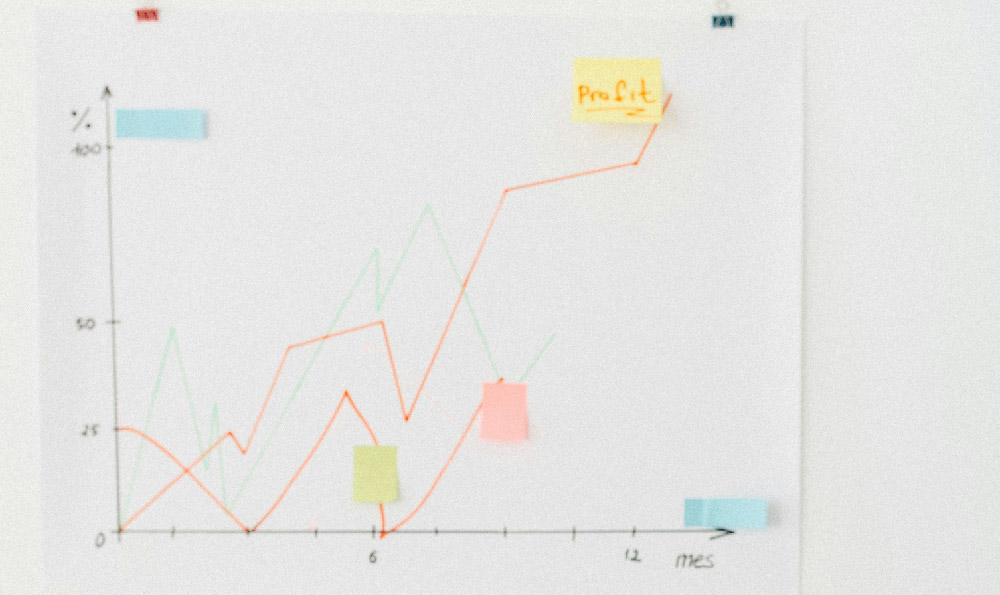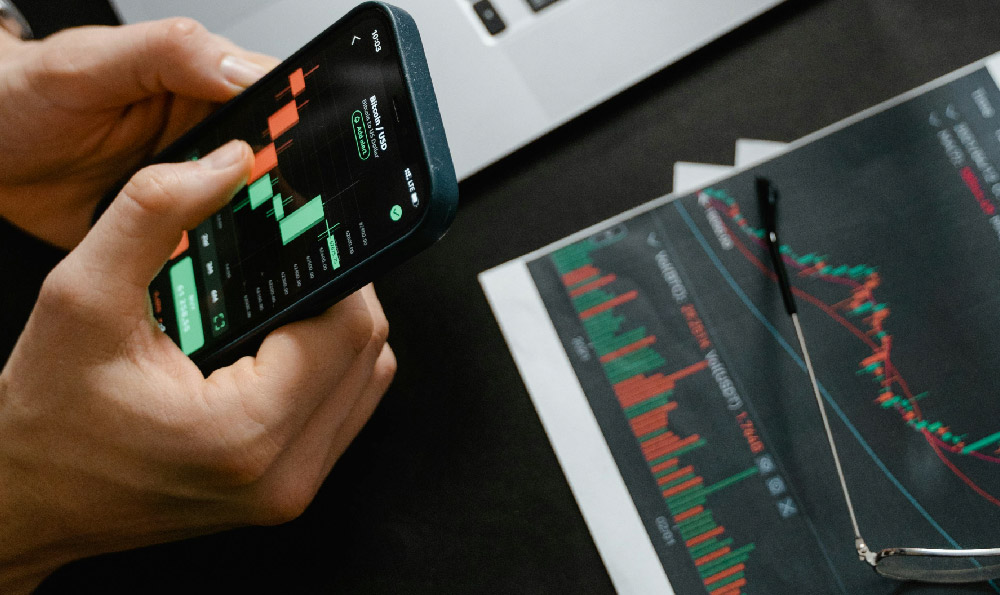Can You Monetize YouTube With Copyrighted Content?
Can You Monetize YouTube With Copyrighted Content?
The allure of generating income through YouTube is a powerful motivator for content creators, with millions leveraging the platform to build empires in digital entrepreneurship. However, the question of whether copyrighted content can be a viable tool for monetization is one that demands careful consideration. While the prospect of earning revenue through ads, sponsorships, or channel memberships is enticing, the use of copyrighted material without proper authorization can spiral into complex legal and financial repercussions. This article delves into the nuances of monetizing YouTube with protected content, evaluating both the risks and the strategies that can protect creators' financial interests while navigating the intricate world of copyright regulations.
YouTube's monetization system is designed to reward creators who produce original content that adheres to the platform's guidelines. The algorithm prioritizes content that offers value to viewers, is free from infringing material, and complies with community standards. When creators use copyrighted content—including music, images, or video clips—they expose themselves to potential violations that could trigger content strikes, demonetization, or even account termination. These actions are not merely punitive; they are often the result of YouTube's automated systems designed to scan for infringing material and protect the rights of content owners. The financial impact of such violations extends beyond lost income, as creators may face legal fees, the need to invest in licensing solutions, or the cost of rebranding their channel after a breach.
For instance, the use of copyrighted music in a video may lead to a content ID claim, where YouTube's system identifies the infringement and blocks the video from appearing in search results or receiving ad revenue. While creators can dispute these claims, the process is time-consuming and often requires legal expertise. Similarly, the incorporation of visuals or text from other sources without permission can result in removal notices, forcing creators to either replace the content or risk permanent suspension of their ability to monetize. These issues highlight the delicate balance between creativity and compliance, as the pursuit of viral content must not overshadow the legal implications of intellectual property (IP) usage.

Moreover, the financial risks of copyright violations are not limited to YouTube's penalties. Creators who unknowingly use protected material may face lawsuits from rights holders, leading to substantial legal costs that can dwarf their channel's earnings. In some cases, creators have been forced to pay exorbitant settlements or even face criminal charges for IP infringement. The complexity of copyright law—which varies by jurisdiction and involves nuanced interpretations of fair use—requires creators to invest time in understanding their legal obligations. This investment is critical, as the consequences of ignorance can be devastating to both their content and their financial stability.
To mitigate these risks, creators should adopt a proactive approach to content creation. This includes sourcing all material from royalty-free platforms, using public domain assets, or securing explicit permissions from rights holders. By doing so, they not only avoid platform penalties but also ensure that their content aligns with ethical and legal standards. Additionally, the use of tools such as YouTube's Content ID dashboard can help creators monitor their content for potential infringements, allowing them to address issues promptly. However, these tools are not foolproof, and creators must remain vigilant in reviewing their content regularly.
For those who still wish to use copyrighted material, options such as Creative Commons licensing offer a middle ground. By identifying content that is licensed for reuse under specific terms, creators can legally incorporate it into their videos while respecting the rights of original authors. This approach requires careful vetting of licensed material to ensure compliance with all conditions, including proper attribution and adherence to usage restrictions. Exploring such alternatives not only safeguards a creator's financial interests but also fosters a culture of collaboration and innovation within the digital content space.
In addition to legal considerations, the financial landscape of YouTube monetization is evolving rapidly. With the increasing popularity of cryptocurrency and blockchain technology, some creators are exploring alternative monetization models that bypass traditional income streams. For example, token-based systems such as the Internet of Things (IoT) or decentralized finance (DeFi) platforms may allow creators to generate value through community-driven transactions or token sales. These models offer new opportunities for financial growth but also necessitate a deeper understanding of blockchain ecosystems and their inherent risks.
Ultimately, the monetization of YouTube with copyrighted content is a high-stakes endeavor that requires creators to balance creativity with caution. By investing in legal compliance, adopting innovative content strategies, and staying informed about the evolving financial and technological landscape, creators can protect their assets and build sustainable revenue streams. The key lies in recognizing that while the platform offers lucrative opportunities, the misuse of copyrighted material can lead to significant financial setbacks. Therefore, creators must approach their work with a mindset of responsibility, ensuring that their pursuit of success does not come at the expense of legal and ethical integrity.
In the broader context of digital entrepreneurship, the lessons learned from copyright issues can extend beyond YouTube. The same principles of due diligence, risk management, and adaptability apply to other investment arenas, including cryptocurrency and online marketplaces. By applying these principles to their YouTube strategies, creators can avoid costly mistakes and position themselves for long-term growth in the digital economy. The intersection of copyright law and financial management is a complex terrain that demands careful navigation, but with the right approach, it is entirely possible to monetize YouTube without infringing on the rights of others.















